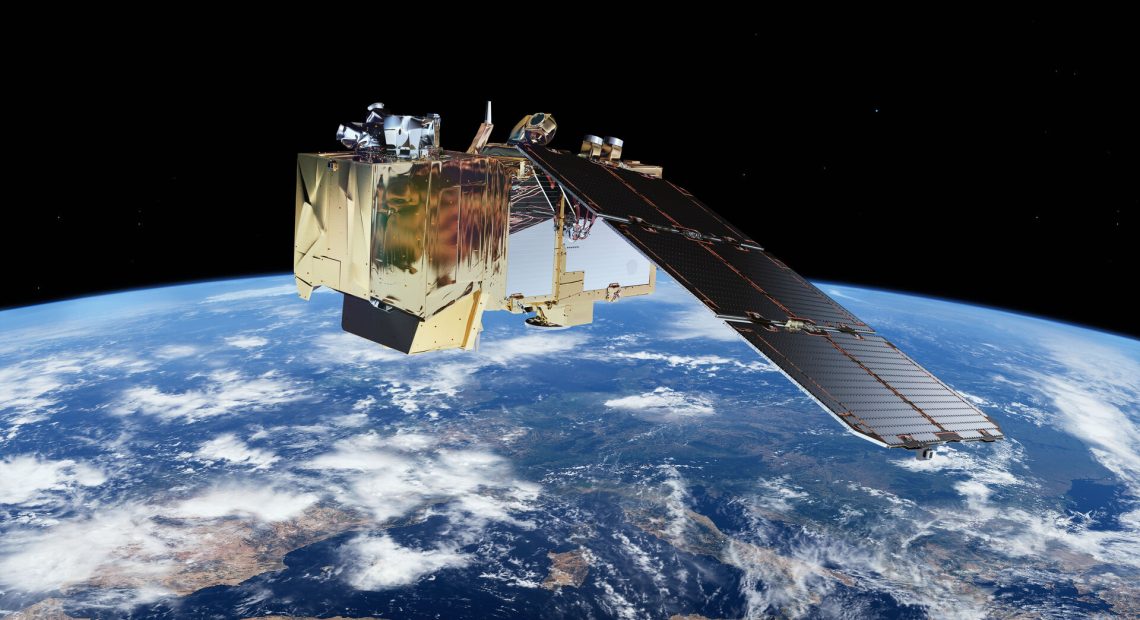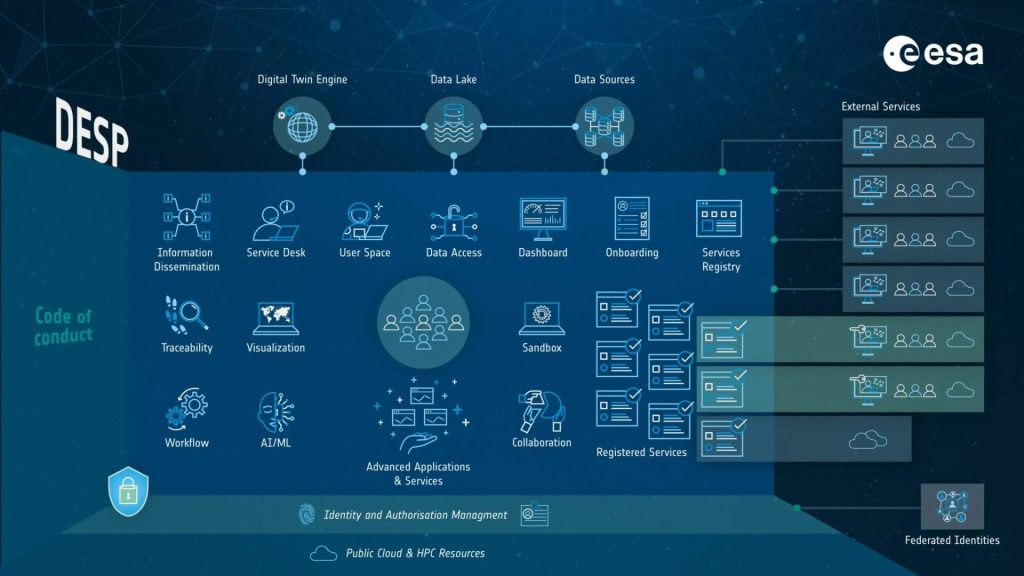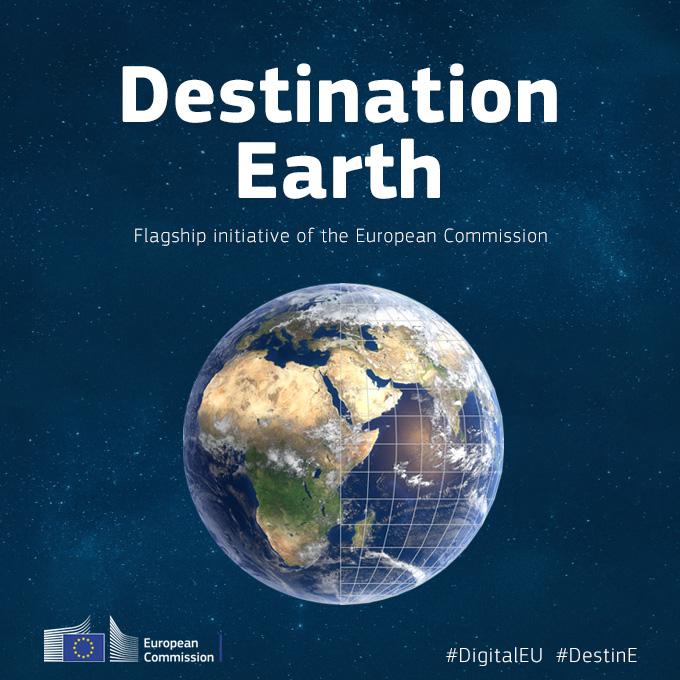EU Unveils First Phase Of Digital Twin Of Earth Initiative

To Revolutionise Environmental Monitoring
The European Union (EU) has unveiled the first phase of the Destination Earth (DestinE) system, an AI-powered digital twin of the Earth. This groundbreaking initiative is set to inspire hope, empowering users to develop precise adaptation strategies and effective mitigation measures in the face of unprecedented climate change.
DestinE is not just a virtual representation of Earth but an innovative digital twin. This cutting-edge model is a testament to our commitment to advanced technology and innovation, facilitating the precise monitoring, simulation, and analysis of natural events, hazards, and human activities.
DestinE leverages the computational power of Europe’s High-Performance Computers (EuroHPC), notably the LUMI supercomputer in Kajaani, Finland. This unique system is designed to simulate and forecast the impacts of climate change and extreme weather events with unprecedented accuracy and detail, setting a new standard in environmental monitoring and policy.
DestinE harnesses digital modelling of the Earth system to achieve unprecedented levels of accuracy, local granularity, information accessibility, speed, and user interactivity, marking a significant advancement in this field. DestinE enables users to access thematic information, services, models, scenarios, simulations, forecasts, and visualisations.
DestinE was launched on June 10, 2024, by Finnish Minister for Employment Arto Satonen and EU Vice-President Margrethe Vestager.
The key components of the DestinE system include:
- DestinE Platform: The platform offers evidence-based decision-making tools, applications, and services. It operates on an open, flexible, and secure cloud-based computing infrastructure.
- Data Lake: This repository consolidates data from ESA, EUMETSAT, ECMWF, Copernicus, and other diverse sources alongside new data from Digital Twins. It supports cloud data discovery, access, and big data processing.
- Digital Twins: DestinE develops multiple digital replicas of Earth’s systems based on advanced simulations and observations.
DestinE thus enhances accessibility to comprehensive Earth system insights and applications, facilitating informed decision-making and adaptive strategies.

“The launch of DestinE is a true game changer in our fight against climate change,” said Margrethe Vestager.
“It will provide us with a highly accurate twin of the Earth, enabling us to predict future environmental challenges like never before. This initiative showcases what Europe can achieve through its scientific excellence and robust supercomputing capabilities.”
Safeguarding Europe
At its core, DestinE aims to monitor, simulate, and predict interactions between natural phenomena and human activities on a global scale. The initiative’s deployment promises to enhance Europe’s resilience against natural disasters, facilitate climate adaptation strategies, and evaluate the socio-economic implications of environmental changes.
Key components of the DestinE system include the DestinE Core Service Platform, designed to provide seamless access to services, tools, and applications for users across Europe.
Additionally, the initiative introduces two Digital Twins: one focusing on Climate Change Adaptation and another on Weather-Induced Extremes. These twins offer high-resolution data crucial for analysing and testing various environmental scenarios.
Central to DestinE’s capabilities is its integration of AI and extensive data sources, including Copernicus, Europe’s Earth Observation Programme. This integration ensures robust data-driven insights that support policy-making, disaster preparedness, and sustainable development efforts across the continent.

Launched in partnership with leading scientific organisations, such as the European Centre for Medium-Range Weather Forecasts, the European Space Agency, and the European Organisation for the Exploitation of Meteorological Satellites, DestinE has secured over €315 million in funding through the Digital Europe Programme.
This funding underscores Europe’s commitment to advancing digital twin technologies and their role in shaping future environmental policies.
DestinE aims to achieve a comprehensive digital replica of Earth by 2030, consolidating Europe’s position at the forefront of global environmental research and innovation. The initiative’s success promises to bolster Europe’s scientific and technological prowess and provide actionable insights critical for addressing the pressing challenges of climate change and sustainability.
Featured image: The DestinE system uses date imagery from the European Space Agency’s Copernicus satellite system. Credit: ESA
Last Updated on 10 months by Arnold Pinto













